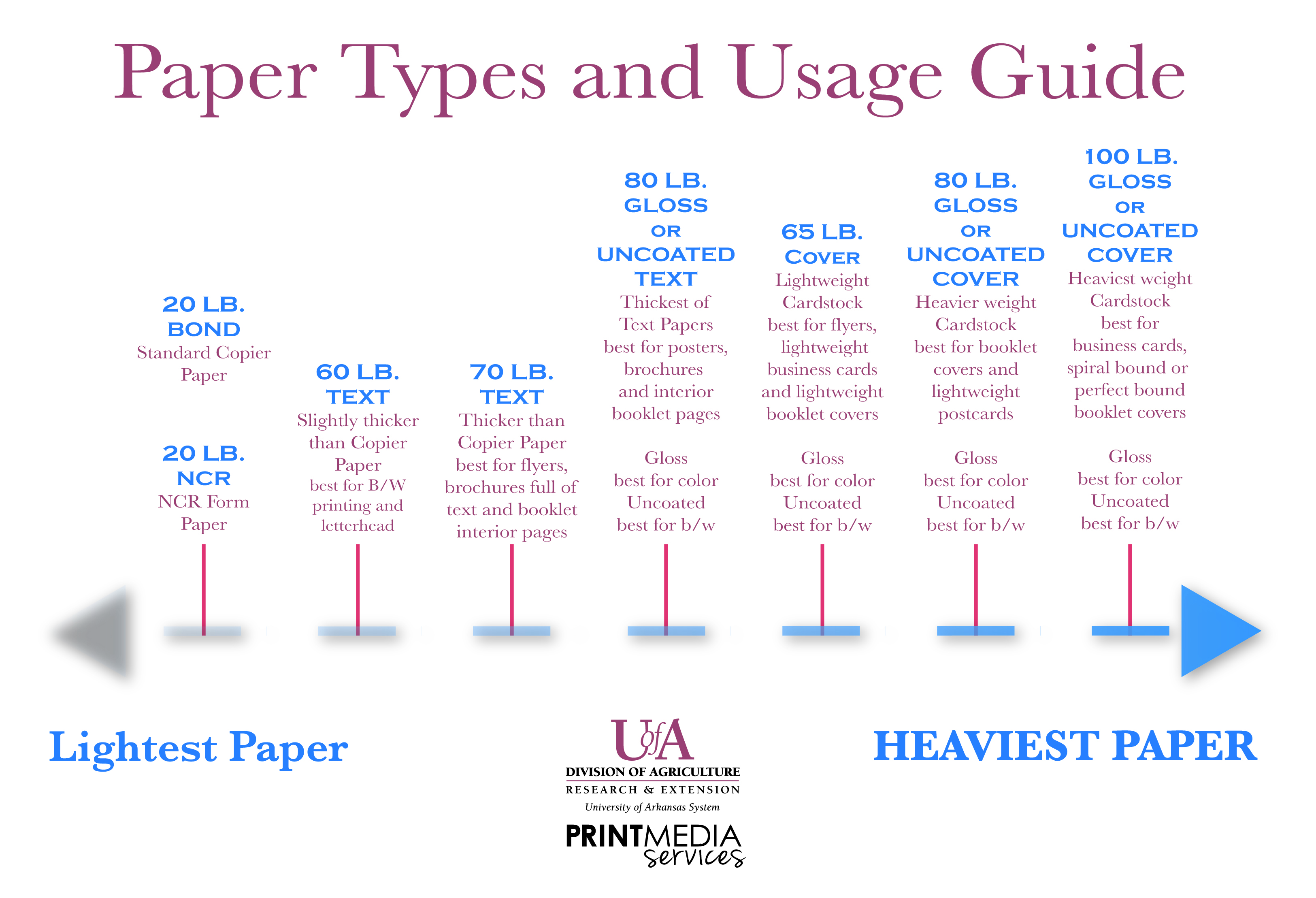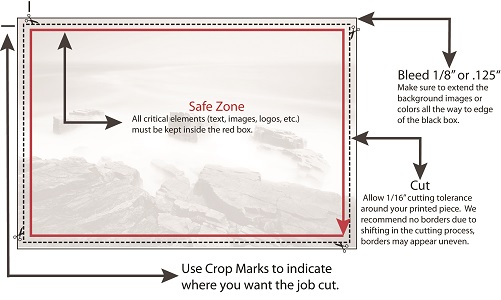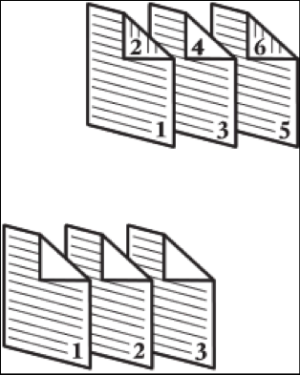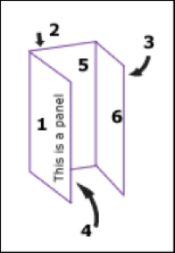With the multitude of design software available today, many people create their newsletters and brochures before they take them to a printer. Unfortunately, because of this software variety, many disks brought to Print Media Services contain files that our team cannot easily access. To minimize these problems, we suggest you consult with us BEFORE you begin any work. Here are some common questions asked of Print Media Services.
Helpful Print Shop Information
We are committed to providing you with superior Customer Service. To ensure the ordering process is as easy and painless as possible, we have provided you with some helpful information. If you are unable to find the information you are looking for, please give us a call or send us an email. We are here for you!
NOTE: Due to the nature of our work, email is the best and fastest way to reach us. We may not always hear the phones while we are on the plant floor.
For general questions: please send to: printshop@uada.edu. This address is monitored by multiple staff members and your question will be answered as soon as possible.
For estimates: please submit your requests and draft artwork, with as much detail as possible (quantity; color/s; size; paper type; pages; etc.) to printshop@uada.edu
For order submission: please submit your PDF artwork and completed MISC-300x form to printshop@uada.edu
Frequently Asked Questions
University and state policy require that all printing work paid from state administered funds be referred to Print Media Services or another state contracted vendor. It is not necessary to go through procurement or state purchasing when ordering directly from Print Media Services, which usually saves time and money.
Our services include everything from quick copy services to full-color printing combined with a variety of finishing and mailing capabilities. We also print business cards, letterhead, envelopes, brochures, posters, magazines, booklets and more. Our experienced staff ensure your job will be completed expertly from start to finish.
To help you determine the right paper stock for your print job, use the graphic below:

Often when graphics/images are pulled from web pages, or copied out of other digital publications, the resolution is set too low for printing (typically 72 dpi). The blocky appearance is known as pixelation. When considering the use of Internet graphics for your printed work, you will want to take a few things into consideration. If you want your publication to look its best, it is worth the time and effort to locate the original image or find another suitable graphic. When using graphics for print work, it is always a good idea to have them scanned at 300 dpi or higher. Using 300 dpi graphics will prevent your graphics from becoming pixelated. Another reason for pixelated or blocky graphics is that the "link" to them was lost in the layout software. Commonly this will happen if you do not send your graphics along with your publication. When opened on a different computer from the one in which it was created, the document only has an "idea" of what the images looked like and prints them out as such.
How many times have you been asked does your document bleed? A bleed is when any part of the image, text or graphic, is printed to the edge of the page. To achieve a bleed on a printed document we will print your document on a larger piece of paper, and then the edges will be trimmed off of the paper right up to the image, so you have the look of the image printing to the edge of the page. It is best if you can build your document to include more of the image that can be trimmed away. Adding more of the image helps so that when multiple sheets are stacked together and trimmed there will be no white space left around the edges. For example, if you are developing an 8½ x 11 flyer that bleeds you will want to create the document size at 8¾ x 11¼.

With the recent budget cuts and restraints, the cost is very important. With several different printing methods for you to choose from, it can be difficult to determine which to use. When it comes to cost, there are several items that figure into your final price. Estimates can help you plan printing orders. To get the most accurate estimate for your job, be specific and provide as much information as possible. From this point, we can discuss job specifications, and make suggestions that can help you cut costs but still have the quality piece you desire. Some ideas could be:
1. Have your file ready and proofread when you bring it in. Thorough proofing should be taken seriously and is necessary to avoid costly re-runs.
2. Allow us enough time to do the job in the most cost efficient way. Practical planning is the most important key; know ahead of time exactly what you want.
3. Printing on standard size paper and not bleeding the image off of the page will help with cost control.
4. If you know you will be using the same publication over a period of time, try to design it so that it can reprint the job without changes being made.
5. Be sure of mailing list counts. Do not print over what you need so you will not have a significant carryover.
6. Create documents to be self-mailers instead of using envelopes.
Imagine that you are reading a novel. You start on page 1. You read it and flip to the next page—page 2. Counting pages for any printed piece is just as simple!! When we refer to "originals" we are referring to the printed pages that you will give us to reproduce from or the number of individual pages in your document. If your originals are 2-sided, like a novel, count all of the sides INCLUDING BLANKS. If your originals are all 1-sided, you only count the number of pages (originals) that you have. DO NOT ADD THE BLANK BACKS WHEN GIVING NUMBER OF PAGES!!

Brochures are counted by panels. If you are printing a simple tri-fold brochure on a piece of 8½ x 11 paper, there would be three panels on each side of the paper. This is considered a six-panel brochure.
